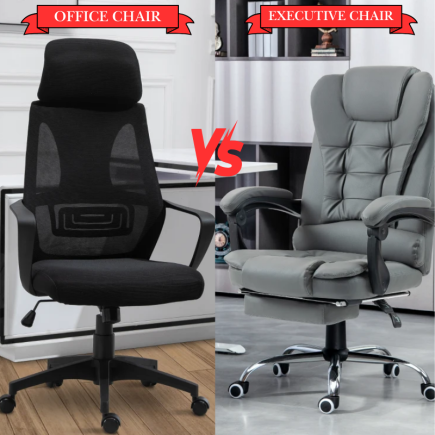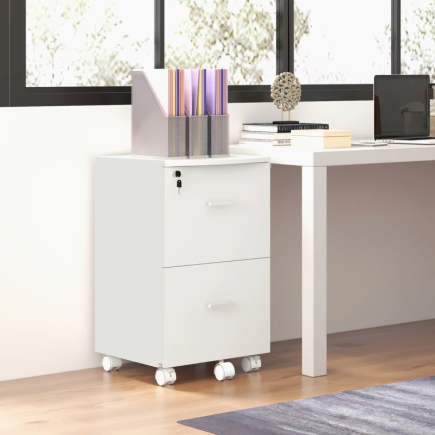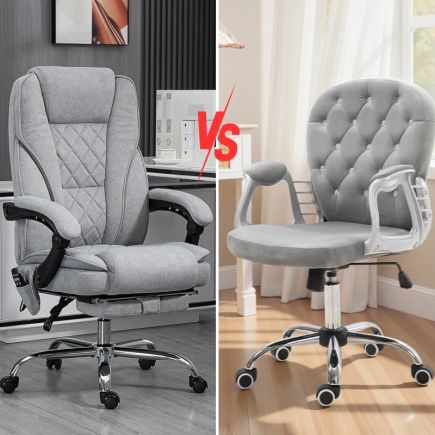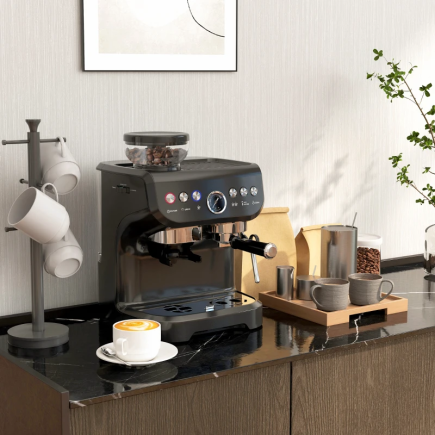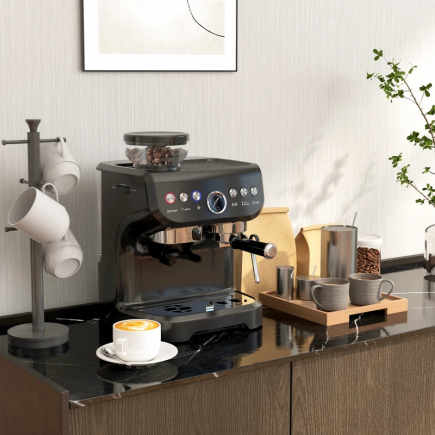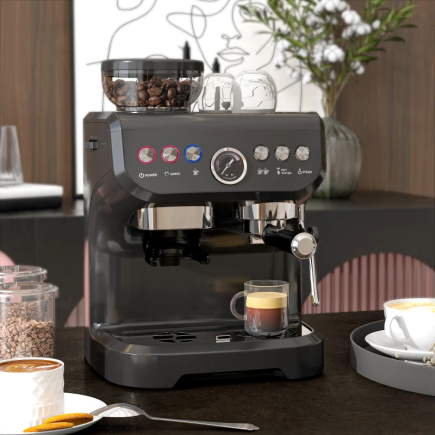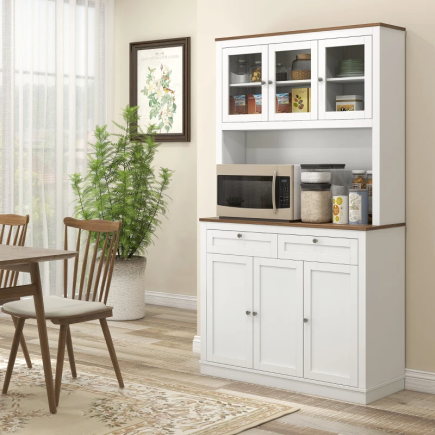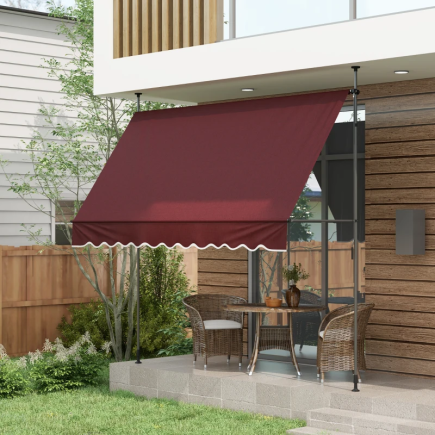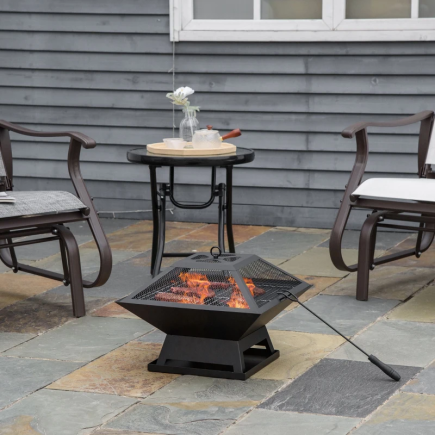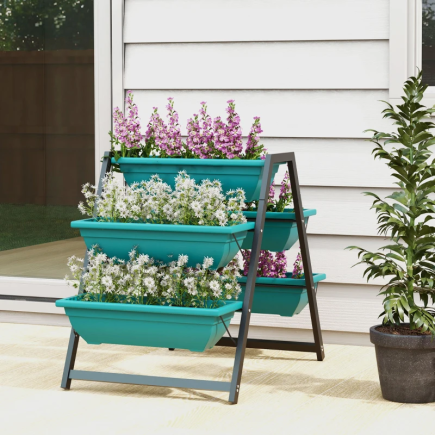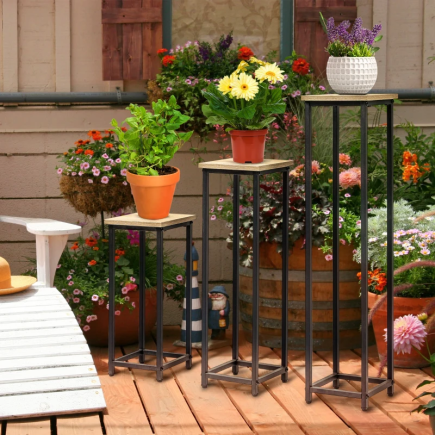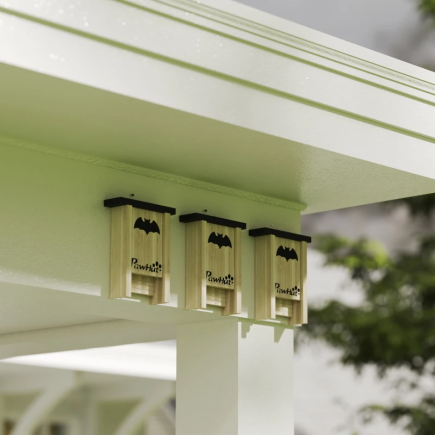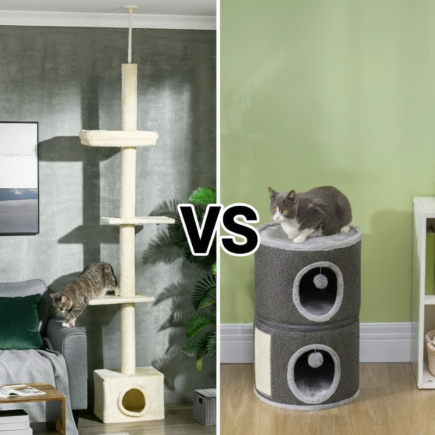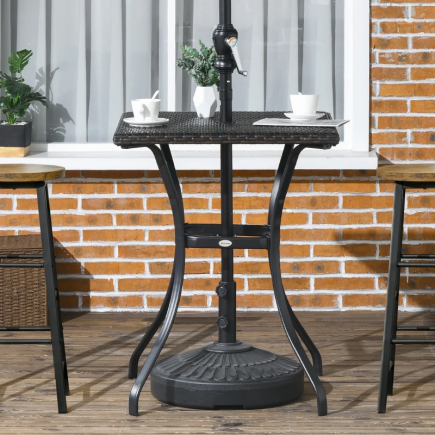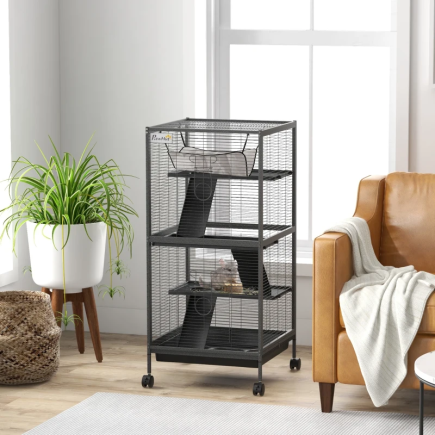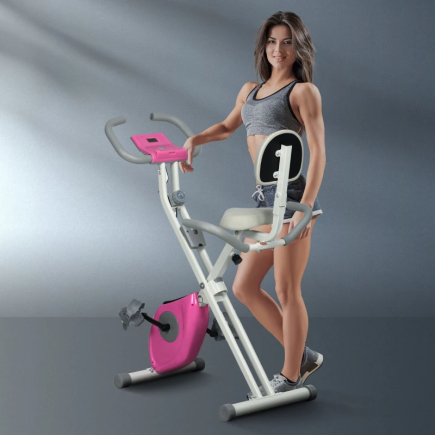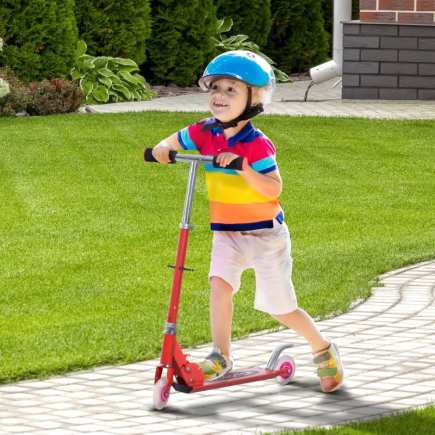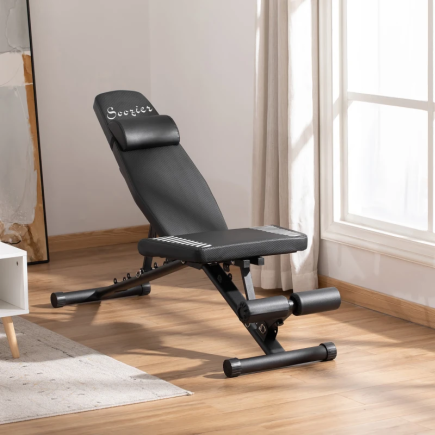
When the sun is shining, nothing beats enjoying the outdoors with some shade. But with so many types of umbrellas available, beach umbrellas, patio umbrellas, and some that combine features of both, choosing the right one can be confusing.
Key Features Comparison
To help you make a quick comparison, here’s a breakdown of the key differences between beach umbrellas and patio umbrellas:
| Feature | Beach Umbrella | Patio Umbrella |
| Main Use | Beach, sand, poolside | Backyard, patio, deck, garden |
| Portability | Lightweight, easy to carry | Heavy, designed for stationary use |
| Stability | Moderate (requires sand anchor) | High (requires heavy base or table) |
| Durability | Moderate (short-term use) | High (built for all-weather use) |
| Adjustability | Basic tilt, fixed height | Advanced tilt, crank, height adjustment |
| Canopy Size | Small to medium (4-7 ft) | Medium to large (6-13+ ft) |
| Materials | Polyester, oxford cloth | Acrylic, polyester, olefin |
| UV Protection | Good, may fade faster | Excellent, higher colorfastness |
Where Should You Use Your Umbrella?
The type of umbrella you choose largely depends on where you plan to use it most.
Ideal for the Beach:
If you’re headed to the beach, a beach umbrella is your best bet. These umbrellas are lightweight and compact, making them easy to transport. With a pointed pole designed to anchor into the sand, setting up is quick and hassle-free. They’re perfect for short-term use and provide solid UV protection, though they may not last through rough winds or heavy rain.
Ideal for the Patio or Backyard:
For a more permanent outdoor fixture, a patio umbrella is built to withstand the elements. These umbrellas feature sturdy frames and larger canopies, ideal for providing shade to a dining set or lounge area.
Construction & Materials

Understanding the materials used in the construction of beach and patio umbrellas will help you choose the right one for your needs.
Frame and Pole
- Beach Umbrella: Typically made from lightweight materials like aluminum or fiberglass, the pole is designed to be easy to carry and resistant to rust.
- Patio Umbrella: These umbrellas have thicker, more robust poles made from aluminum, steel, or wood, which offer more stability and strength against wind and weather.
Canopy Fabric

- Beach Umbrella: Usually made from polyester or oxford cloth, the canopy provides good UV protection but may fade faster due to prolonged sun exposure.
- Patio Umbrella: Made from more durable fabrics like acrylic, polyester, or olefin, patio umbrellas are designed to resist fading, mildew, and weathering over multiple seasons.
Base and Anchoring
- Beach Umbrella: Uses a pointed pole that you twist or push into the sand. No base is required, making it quick to set up.
- Patio Umbrella: Requires a heavy base made of materials like cast iron or concrete. Some models also fit into a patio table for extra stability.
Portability vs. Stability
One of the biggest considerations when choosing an umbrella is how much mobility you need.
- Beach Umbrella Portability: Beach umbrellas are lightweight, often weighing less than 5 lbs, and designed for easy transport. They’re perfect for spontaneous beach trips and can be set up and packed away quickly.
- Patio Umbrella Stability: Patio umbrellas, by design, are heavier and intended to stay in one place. They are built for long-term use in your backyard or on your patio, and they require a solid base to prevent tipping, especially on windy days.
Both types of umbrellas serve different purposes—beach umbrellas excel in portability, while patio umbrellas excel in stability and long-term use.
Durability and Weather Resistance

Umbrellas face tough weather, so it’s essential to understand their durability in different conditions.
- Beach Umbrella Durability: Beach umbrellas are generally designed for short-term exposure to the elements. While they offer good UV protection, they aren’t built to handle harsh weather conditions like heavy rain or strong winds.
- Patio Umbrella Durability: Patio umbrellas are built to withstand year-round weather, including wind, rain, and sun. The materials used for their frames and canopies are more durable, ensuring they last through multiple seasons.
Tips for Maximizing Durability:
- For beach umbrellas: Use a sand anchor and make sure the umbrella is securely twisted into the sand to prevent it from flying away in the wind.
- For patio umbrellas: Make sure your base is heavy enough for the umbrella size, and consider bringing it indoors or covering it during the off-season to preserve its lifespan.
Adjustability and Functionality: Customizing Your Shade

When it comes to adjusting your shade, each umbrella offers different levels of functionality.
- Beach Umbrella: Typically offers basic tilt mechanisms and fixed height, prioritizing simplicity and ease of use.
- Patio Umbrella: Offers more advanced features, including crank handles, adjustable tilt, and height settings. This allows for greater customization, helping you adjust the shade as the sun moves.
How to Choose: A Quick Guide
Here’s a concise checklist to help you decide which umbrella is right for you:
- Where will you use it most? If you need portability for the beach, go for a beach umbrella. For long-term shade in your backyard, a patio umbrella is your best bet.
- How many people need shade? A larger umbrella will provide more coverage for groups, while a smaller one is more ideal for solo trips or intimate gatherings.
- What’s your climate? If you’re in a windy or rainy area, a patio umbrella’s sturdier frame and base are more suitable.
- What’s your budget? Decide how much you’re willing to spend on long-term use (patio umbrellas) or short-term use (beach umbrellas).
At a Glance: Beach vs Patio Umbrella Comparison
| Feature | Beach Umbrella | Patio Umbrella |
| Portability | High | Low |
| Stability | Moderate (sand anchor) | High (heavy base) |
| UV Protection | Good | Excellent |
| Size | Small–medium | Medium–large |
| Adjustability | Basic tilt | Advanced tilt/crank |
| Durability | Moderate | High |
| Price Range | $30–$100 | $80–$500+ |
Choosing the Right Umbrella for You
Choosing the right umbrella depends on where and how you plan to use it. Beach umbrellas are lightweight, portable, and ideal for quick trips to the sand. Patio Umbrellas, on the other hand, are heavier, sturdier, and built to withstand long-term outdoor use. By understanding your needs and considering factors like portability, stability, and durability, you can make the best choice for your outdoor setup.
FAQs
1. How can I make my umbrella more stable in different conditions?
To keep your beach umbrella stable, use a sand anchor or auger, and tilt the umbrella into the wind for added resistance. For patio umbrellas, make sure your base is heavy enough to support the size of your umbrella.
2. Can I use my beach umbrella on a patio?
While a beach umbrella can work on a patio in a pinch, it won’t offer the same stability as a patio umbrella. You may need to add a base for extra support.
3. How do I care for my umbrella?
For patio umbrellas, spot-clean the fabric with mild soap and store it indoors during the winter. For beach umbrellas, rinse off sand and salt after each use, and make sure they dry completely before storing them.

